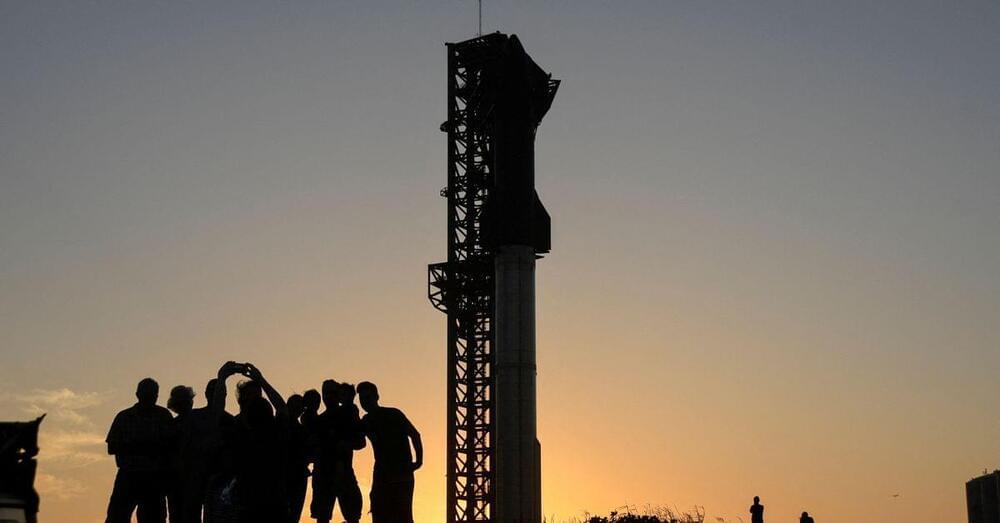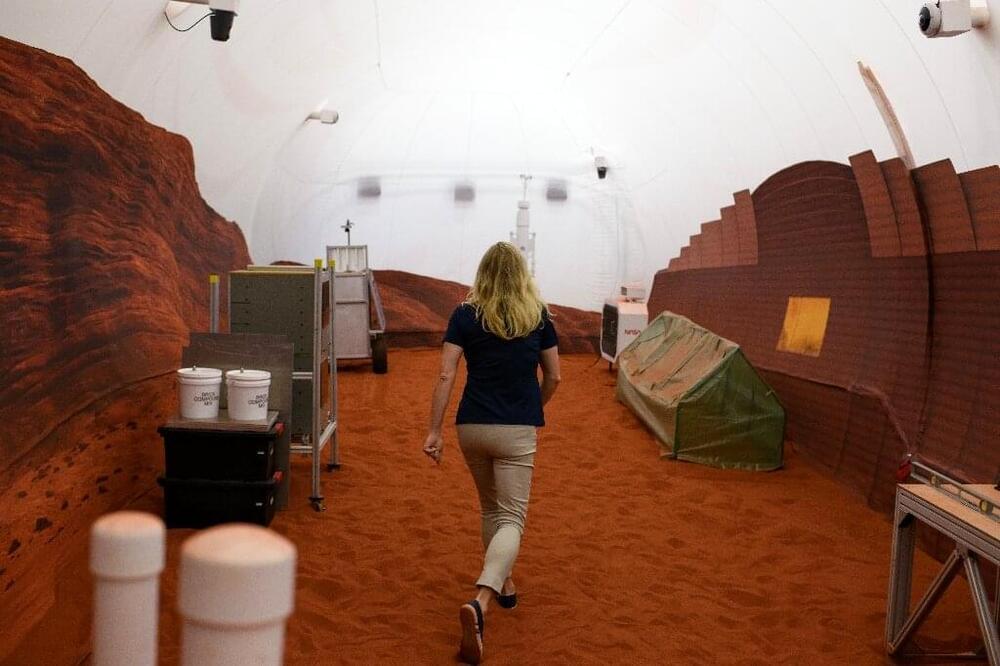BOCA CHICA, Texas, April 17 (Reuters) — Elon Musk’s SpaceX made final preparations early on Monday to launch its powerful new Starship rocket system to space for the first time, on a brief but highly anticipated uncrewed test flight from the Gulf Coast of Texas.
The two-stage rocketship, standing taller than the Statue of Liberty at 394 feet (120 m) high, was due for blastoff from the SpaceX facility at Boca Chica, Texas, during a two-hour launch window that opens at 8 a.m. EDT (1200 GMT).
The test mission, whether or not its objectives are entirely met, represents a key milestone in SpaceX’s ambition of sending humans back to the moon and ultimately to Mars — also the central goal of a renewed NASA spaceflight program intended to integrate the Starship.

